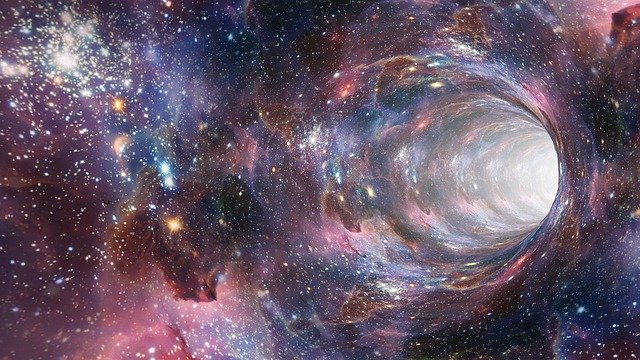Astronomers have used the James Webb Space Telescope to peer through the filaments of dust and gas in the Tarantula Nebula, the brightest and biggest stellar nursery around
The Tarantula Nebula as seen by JWST’s Near-Infrared Camera
NASA, ESA, CSA, STScI
Amid an enormous cloud of dust and gas, thousands of stars are forming. Many of these stars have never been seen before, but these images from the James Webb Space Telescope (JWST) are revealing them for the first time.
These pictures show the Tarantula Nebula, located about 161,000 light-years away in the Large Magellanic Cloud – a galaxy that orbits the Milky Way. The nebula is the biggest and brightest one in all the nearby galaxies, and hosts some of the hottest and most massive stars astronomers have ever seen.
The massive young stars that form a sparkling blue cluster near the centre of the above image have cleared out the gas around them with their powerful radiation and intense stellar winds, revealing pillars of relatively dense gas inside which more young stars are forming. The above image was taken with JWST’s Near-Infrared Camera (NIRCam), showing the dusty filaments that make up the web of the Tarantula Nebula.
Advertisement
But viewed in longer wavelengths by JWST’s Mid-infrared Instrument (MIRI) in the picture below, the web takes on a different countenance. These wavelengths allow us to peer deeper into the cloud than ever before, and tiny points of light indicate protostars still in the process of formation. Hydrocarbons, shown in blue and purple, skim the edges of dust clouds like ghostly veils, while the densest areas of dust obstruct JWST’s view completely, as in the lower left corner.

NASA, ESA, CSA, STScI, Webb ERO Production
The Tarantula Nebula is of particular interest to astronomers because of its frenzied rate of star formation – nowhere in our own galaxy are stars formed in such huge quantities. This makes it relatively similar to dusty galaxies from billions of years ago, when star formation in the universe was at its most intense in the universe’s so-called cosmic noon. JWST will be able to observe those galaxies, so comparing those observations with the more detailed ones of this nebula may help us understand the universe’s most active time.
Sign up to our free Launchpad newsletter for a voyage across the galaxy and beyond, every Friday
More on these topics:

